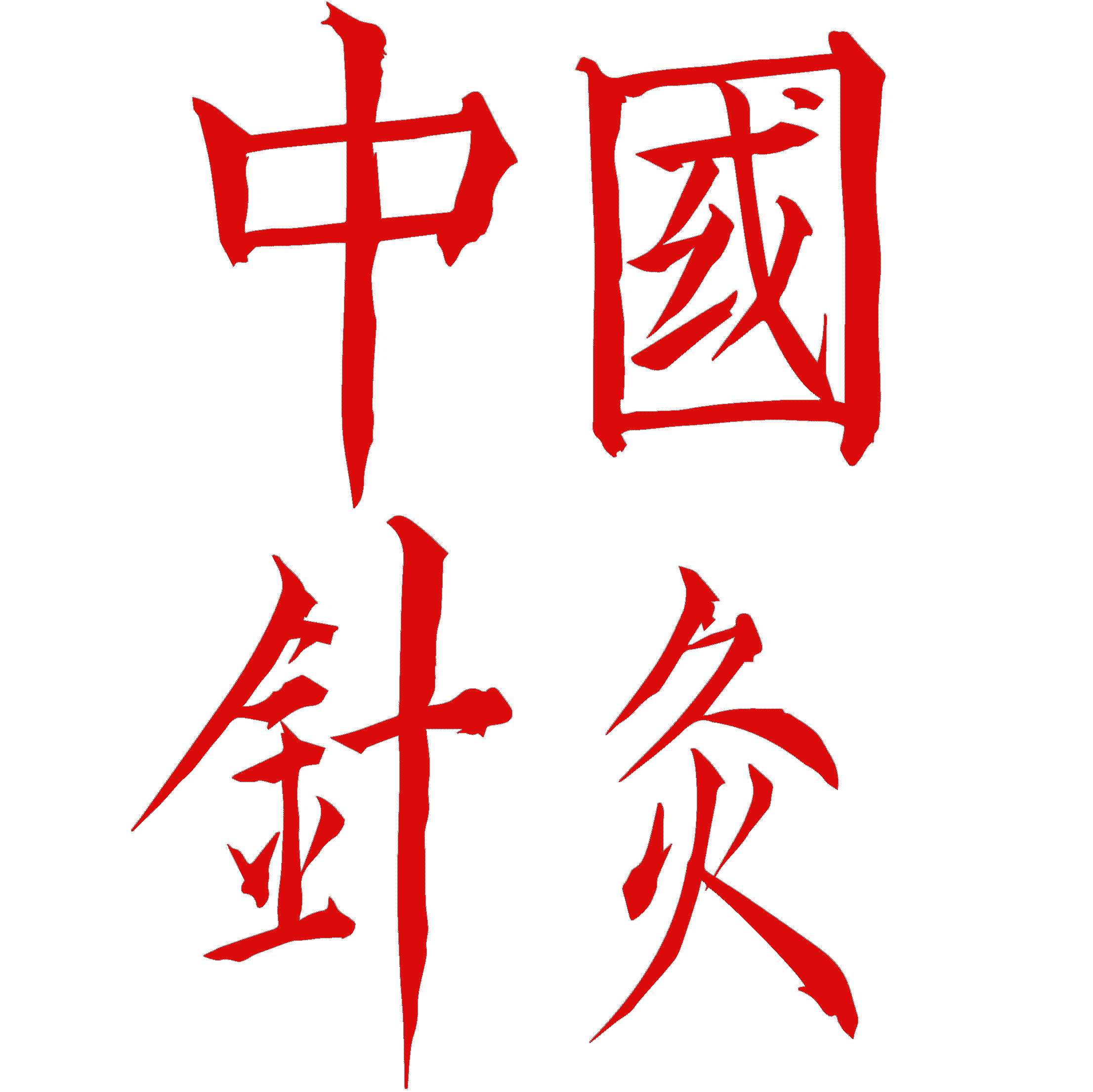
ACUPUNCTURE FOR SPORTS INJURIES AND PAIN CONTROL
Our unique acupuncture therapy for sports injury
Traditional acupuncture together with laser acupuncture, medlouxx infarred and PEMF therapy for pain control; for speeding up nerve, tissue and bone healing.

Feng was a surgeon and Chinese medicine doctor in Beijing for many years before moving to the UK. She was a visiting surgeon at the Edinburgh Royal Infirmary for two years. By using acupuncture together with high tech natural therapies, Feng's unique treatment has been recommended by London top sports surgeons especially spine, foot and ankle specialists, orthopaedic surgeons, neurosurgeons and also Olympic athletes.
Apart from pain control, our advanced pain free powerful natural therapy can speed up wound healing, provide drug free wound surface cleaning, and to repair damaged nerve and bone.
For sport injuries we use a combination of acupuncture and pain free high tech German photo-medicine treatment to repair the nerve, cartilage and bone damage.
Acupuncture for back pain
The condition affects more than 1.1 million people in the UK, with 95% of patients suffering from problems affecting the lower back.
The National Institute for Health and Clinical Excellence guidelines on best practice now recommend (guideline 88) that GPs offer a course of 10 sessions of acupuncture as a first line treatment for persistent, non-specific low back pain.
Acupuncture can help back pain by:
-
providing pain relief - by stimulating nerves located in muscles and other tissues, acupuncture leads to release of endorphins and other neurohumoral factors and changes the processing of pain in the brain and spinal cord (Pomeranz 1987; Zhao 2008).
-
reducing inflammation - by promoting release of vascular and immunomodulatory factors (Kim 2008, Kavoussi 2007;Zijlstra 2003).
-
improving muscle stiffness and joint mobility - by increasing local microcirculation (Komori 2009), which aids dispersal of swelling and bruising.
-
reducing the use of medication for back complaints (Thomas 2006).
-
providing a more cost-effective treatment over a longer period of time (Radcliffe 2006;Witt 2006).
-
improving the outcome when added to conventional treatments such as rehabilitation exercises (Ammendolia 2008; Yuan 2008).

Acupuncture is well known method for pain control in the world. In China, it has been used /partly used for anaesthesia in various surgeries.
Acupuncture for pain control
Common pain conditions acupuncture can help include:
-
sports injury.
-
post operation pain control.
-
osteoarthritis;
-
rheumatoid arthritis;
-
low back, shoulder and neck pain;
-
headache and migraine;
-
cancer pain;
-
fibromyalgia;
-
neuropathic pain (e.g. sciatica, trigeminal neuralgia, post herpetic neuralgia);
-
chronic overuse conditions (e.g. tendonitis);
-
chronic visceral pain (e.g. irritable bowel syndrome, interstitial cystitis, endometriosis).
-
sciatic
Research proving how Acupuncture can control pain:
-
Acupuncture reduced pain in patients with plantar fasciitis (Zhang 2001);
-
Electroacupuncture had better therapeutic effects than medication, both in the short and long term, in patients with acute lumbar strain (Yao-chi 2007);
-
Acupuncture plus warmed needle relieved the pain of chondromalacia patella (Qui 2006);
-
Acupuncture reduced NSAID intake and relieved pain in patients with shin splints (Callison 2002);
-
Acupuncture reduced the pain of patellofemoral pain syndromes (Jensen 1999);
-
Reducing inflammation, by promoting release of vascular and immunomodulatory factors (Kavoussi 2007, Zijlstra 2003);
-
Improving muscle stiffness and joint mobility by increasing local microcirculation (Komori 2009), which aids dispersal of swelling.
Case studies also suggest acupuncture might be helpful in the treatment of shoulder injuries (Osborne 2010), medial collateral ligament injuries of the knee (Yan 2008) and plantar fasciitis (Tillu 1998).
How can acupuncture help chronic pain?
The chronic pain alone is a affects around 8 million people of all ages in the UK (Chronic Pain Policy 2010). In 22% of cases, chronic pain leads to depression, and some 25% of those diagnosed with chronic pain go on to lose their jobs (Chronic Pain Policy 2010).
Research has shown than acupuncture can help chronic pain:
-
acupuncture stimulating nerves located in muscles and other tissues, which leads to release of endorphins and other neurohumoral factors (e.g. neuropeptide Y, serotonin), and changes the processing of pain in the brain and spinal cord (Pomeranz 1987, Han 2004, Zhao 2008, Zhou 2008, Lee 2009, Cheng 2009);
-
increasing the release of adenosine, which has antinociceptive properties (Goldman 2010);
-
modulating the limbic-paralimbic-neocortical network (Hui 2009);
-
reducing inflammation, by promoting release of vascular and immunomodulatory factors (Kavoussi 2007, Zijlstra 2003);
-
improving muscle stiffness and joint mobility by increasing local microcirculation (Komori 2009), which aids dispersal of swelling.
